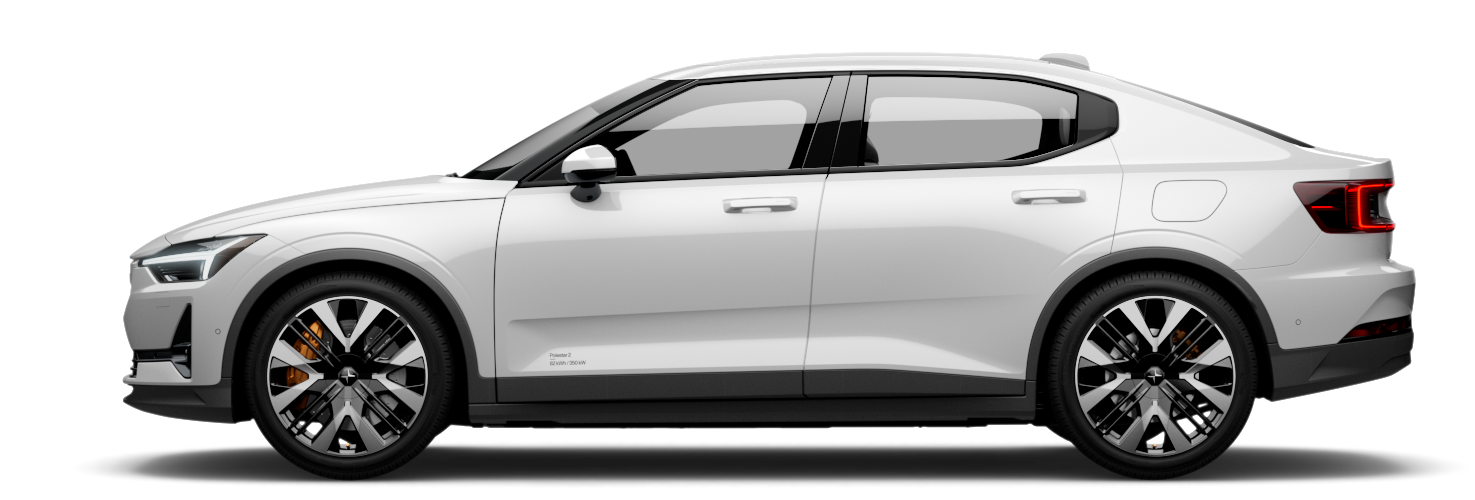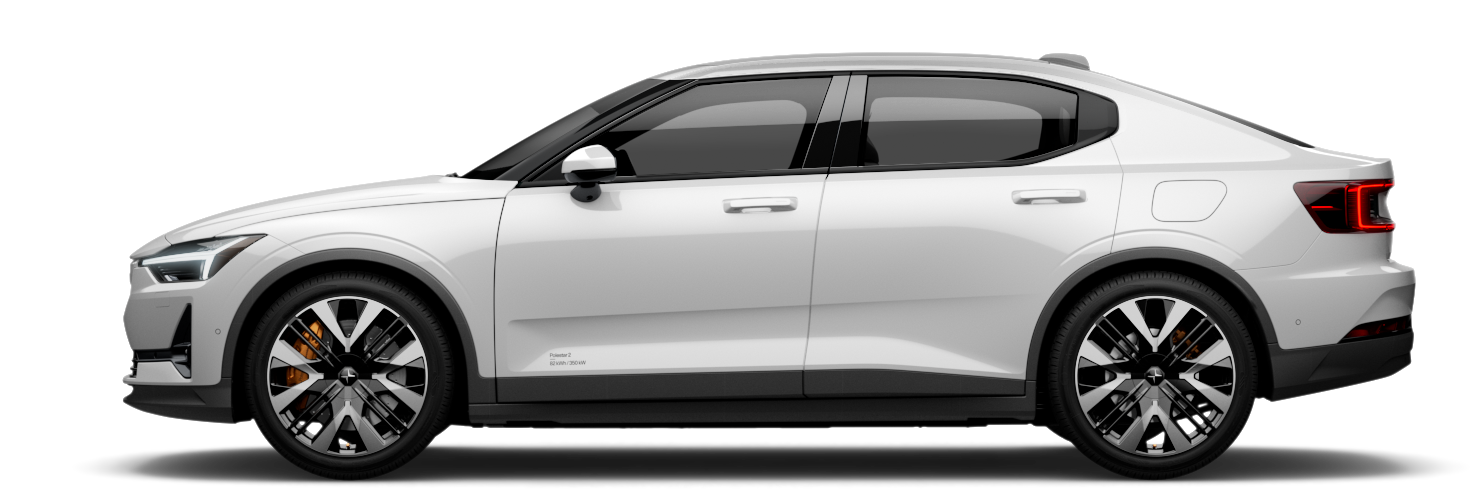What are Over-The-Air software updates and how do they work in EVs?
Imagine waking up one morning, grabbing your coffee, and finding out that your car has magically improved overnight. No trip to the dealership, no new parts, just a simple software update that happens while you sleep. Welcome to the world of Over-The-Air updates in electric vehicles.
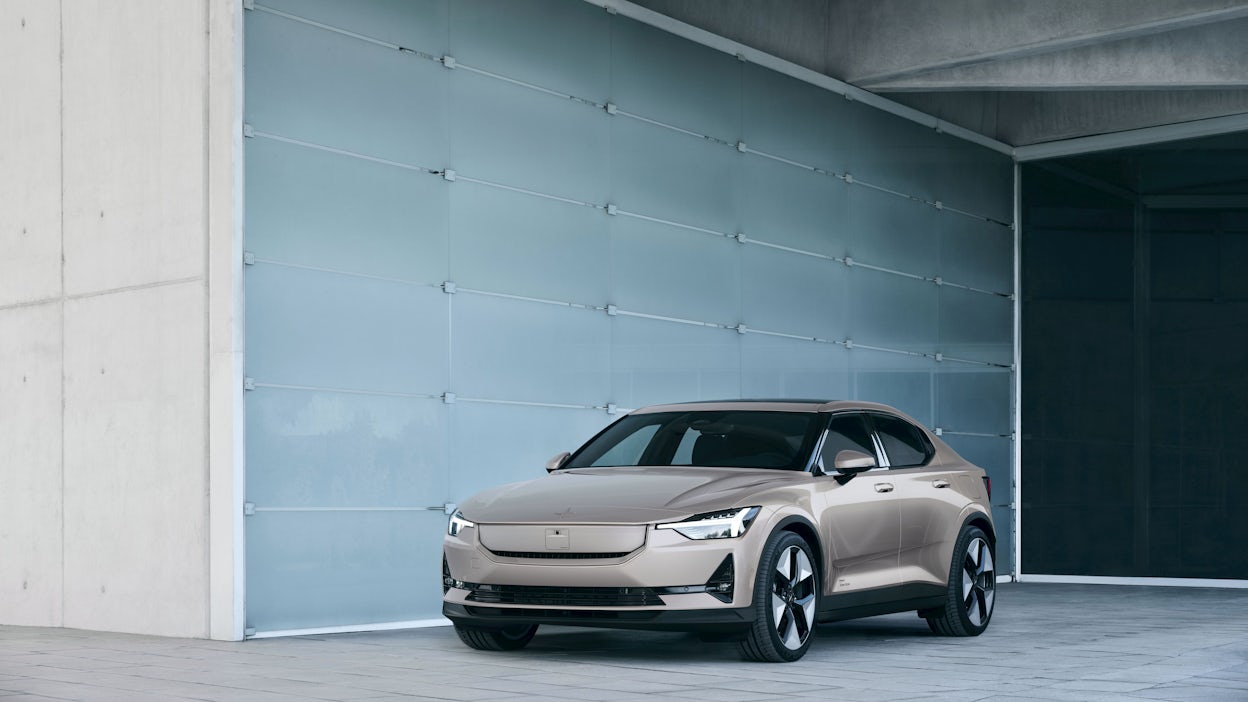
OTA stands for "over-the-air," and refers to the process of remotely updating software in a computer system through wireless communication. In a connected car this could include updates to everything from your infotainment system to its driving performance and even safety features.
OTA updates are not just a fancy perk; they are transforming how we interact with our vehicles. These updates ensure your car keeps getting better long after you’ve driven it off the lot. Let's dive into how this works, the technology behind it, and what it means for the future of driving.
The evolution of automotive software
Not too long ago, car maintenance and updates meant a trip to the dealership. If there was a recall or a need for a software update, you’d book an appointment, drop off your car, and hope the mechanics could sort it out quickly. This process was not only time-consuming but often frustrating. As cars became more complex with integrated software for everything from navigation to engine management, the need for frequent updates grew.
Then came electric vehicles. Pioneers in the EV sphere didn’t just rethink how cars are powered; they reimagined how cars are maintained and improved. They introduced the concept of OTA updates, akin to how your smartphone gets updates, but on a much grander scale. This shift is not just about convenience, but about continuous improvement, safety, and innovation.
How Over-The-Air updates work
So, how do these magical updates work? Let's break it down.
The backbone of OTA updates is reliable connectivity. Modern cars come equipped with advanced communication modules that use 4G, 5G, and Wi-Fi networks. These technologies ensure that the car remains connected to the internet, ready to receive updates anytime, anywhere.
Updates are then pushed to your vehicle over the internet. This might happen while you’re parked in your garage connected to your home Wi-Fi or via the cellular network while you're on the road. The update package is downloaded to your car’s onboard computer.
Once the download is complete, it's time for the installation of the package you’ve just downloaded. This process usually happens when the car is not in use to avoid any interruptions. The car’s system validates the update to ensure it’s correctly installed and functioning as expected. If everything checks out, your car reboots (yes, just like a computer), and voila! New features, bug fixes, and improvements are ready for you.
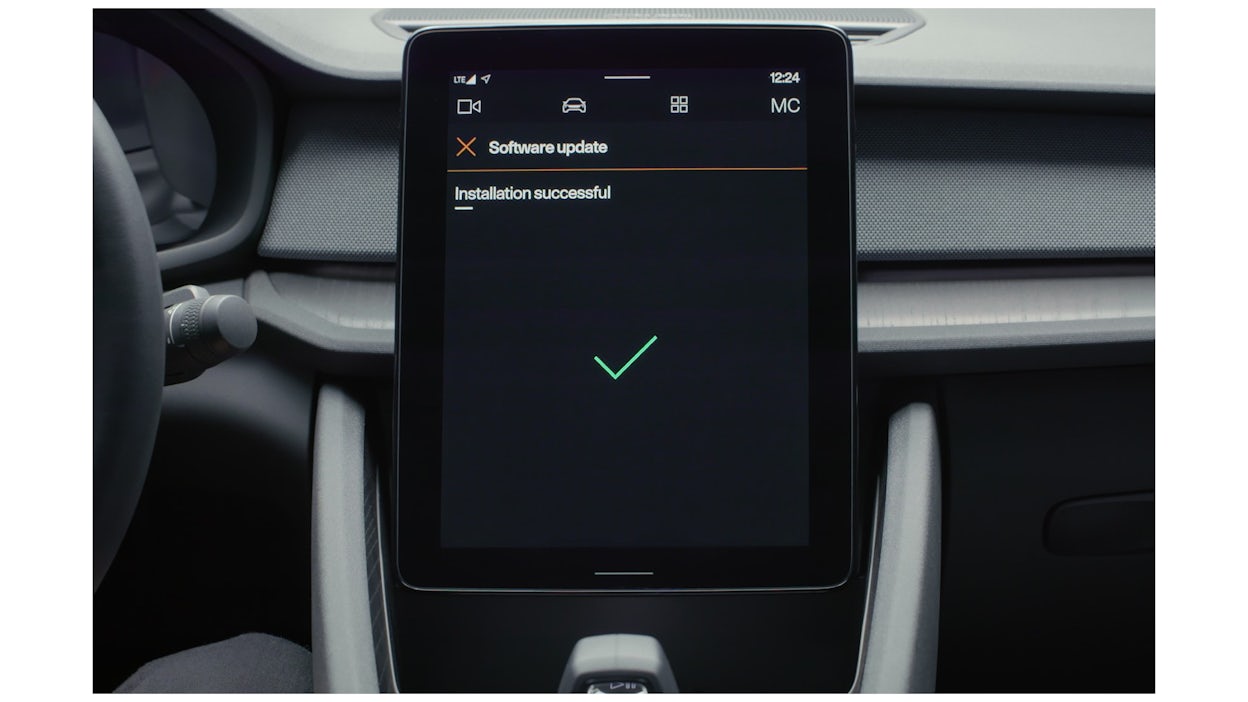
The technology behind OTA updates
There are two types of OTA updates in the automotive world: SOTA (Software Over-the-Air) and FOTA (Firmware Over-the-Air). SOTA updates involve software components like navigation, infotainment, or climate control systems. FOTA updates go deeper, targeting the firmware that controls hardware components such as the powertrain or battery management system.
Both SOTA and FOTA play vital roles in keeping your car fully optimised, improving performance, and fixing issues that arise over time.
With great connectivity comes great responsibility. Security is a top priority in OTA updates. Automakers use encryption protocols to protect the data being transmitted to the vehicle. Authentication processes ensure that the updates come from a trusted source and not a malicious hacker. Additionally, frequent security patches are deployed to mitigate any potential threats, keeping your car safe from cyber-attacks.
Modern EVs use a modular software design. This means that different systems (like navigation, entertainment, and engine management) can be updated independently without affecting the entire vehicle. This approach not only makes updates more efficient but also minimises the risk of something going wrong.
Benefits of OTA updates for EV owners
Let’s face it, time is money. OTA updates save you from the hassle of visiting the dealership. Updates can be scheduled to occur during the night or when the car is parked, meaning zero downtime for you.
OTA updates can quickly address safety concerns. If a critical bug is discovered, automakers can deploy a fix almost instantly. This rapid response capability enhances the overall safety and reliability of the vehicle. Plus, real-time diagnostics and remote troubleshooting mean issues can often be resolved without a trip to the service centre.
One of the most exciting aspects of OTA updates is the continuous improvement they bring. Automakers can roll out performance enhancements, fix bugs, and even add entirely new features.
For instance, when Polestar rolled out our fifteenth OTA update to all existing Polestar 2’s, it included the introduction of the integrated YouTube app. Or when we offered a performance software upgrade to customers which enhanced your Polestar 2’s power and performance – all deployed via an OTA update.
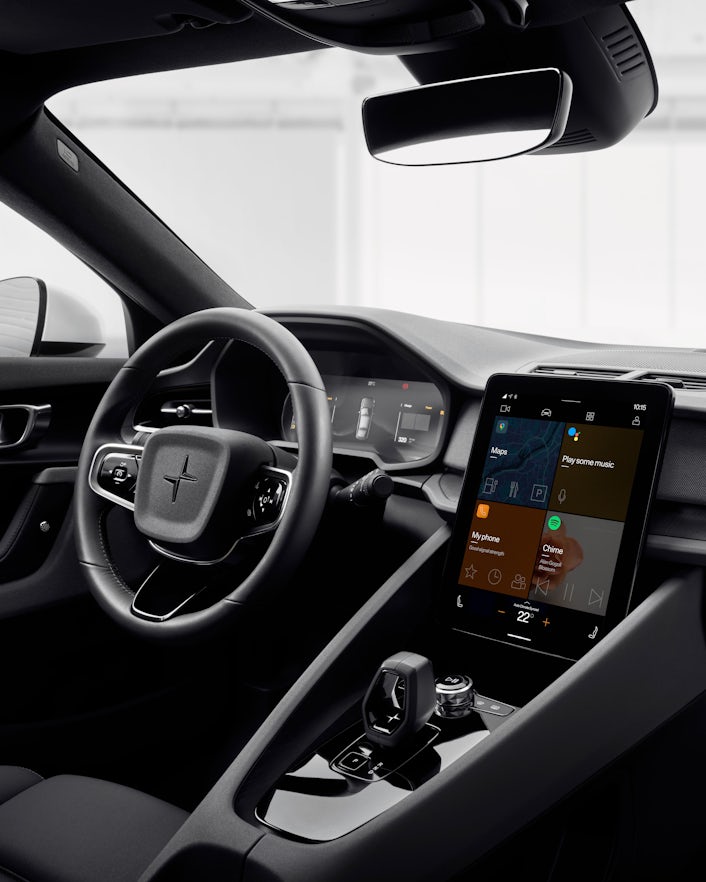
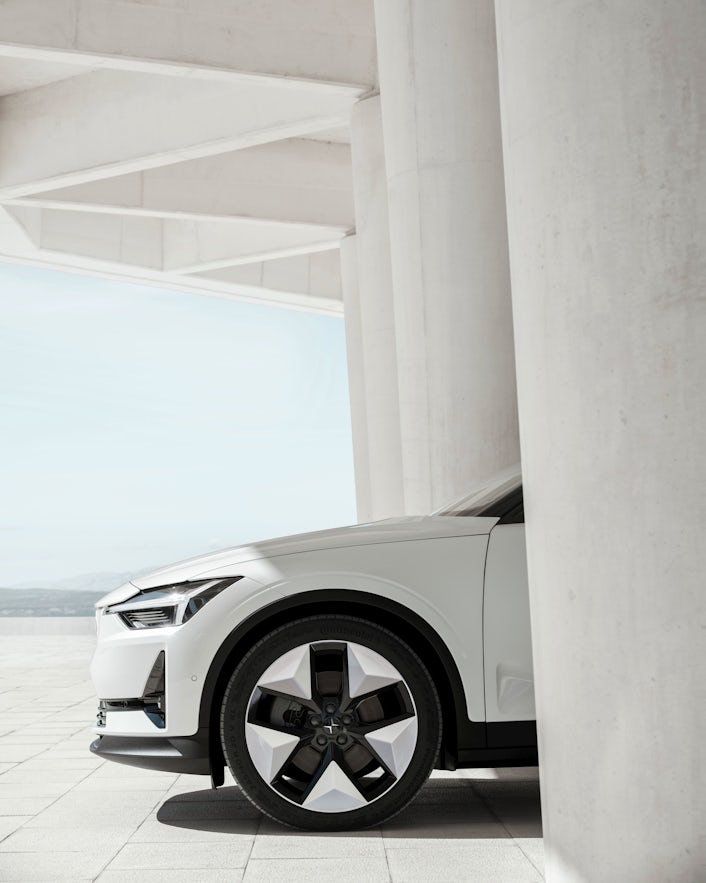
OTA and Polestar
OTAs are a crucial component in every Polestar. We continuously roll out updates to improve everything from navigation and infotainment to climate control and even driving performance. The goal is to keep your car running at its best without you ever needing to visit a service centre.
If you drive a Polestar, you can download updates automatically while driving by enabling ‘Automatic download’ in your settings. These updates are designed to happen in the background, so you can go about your day without even noticing them.
Once the download is complete, the car will notify you when it’s ready to install. You'll need at least 40 per cent battery charge and about 90 minutes of downtime, all easily tracked in the Polestar app.
Over time, Polestar has enhanced the efficiency of Polestar 2 by around 10%, thanks to continuous improvements delivered via OTA updates. These updates optimise energy efficiency and upgrade the car's performance beyond what it offered when it first left the production line. While other things expire, your Polestar only gets better.
The future of OTA updates in EVs
The future looks bright for OTA updates. As connectivity technologies like 5G become more widespread, the speed and reliability of these updates will improve. We can expect even more seamless and instantaneous updates.
Artificial intelligence and machine learning are set to play a significant role in the future of OTA updates. These technologies can predict and identify potential issues before they become critical, enabling pre-emptive updates. Imagine your car detecting a minor software glitch and fixing it before you even notice.
So next time you step into your car and notice it’s performing better or has a new feature, remember: it’s the magic of OTA updates at work, making your ride feel new, again and again.
